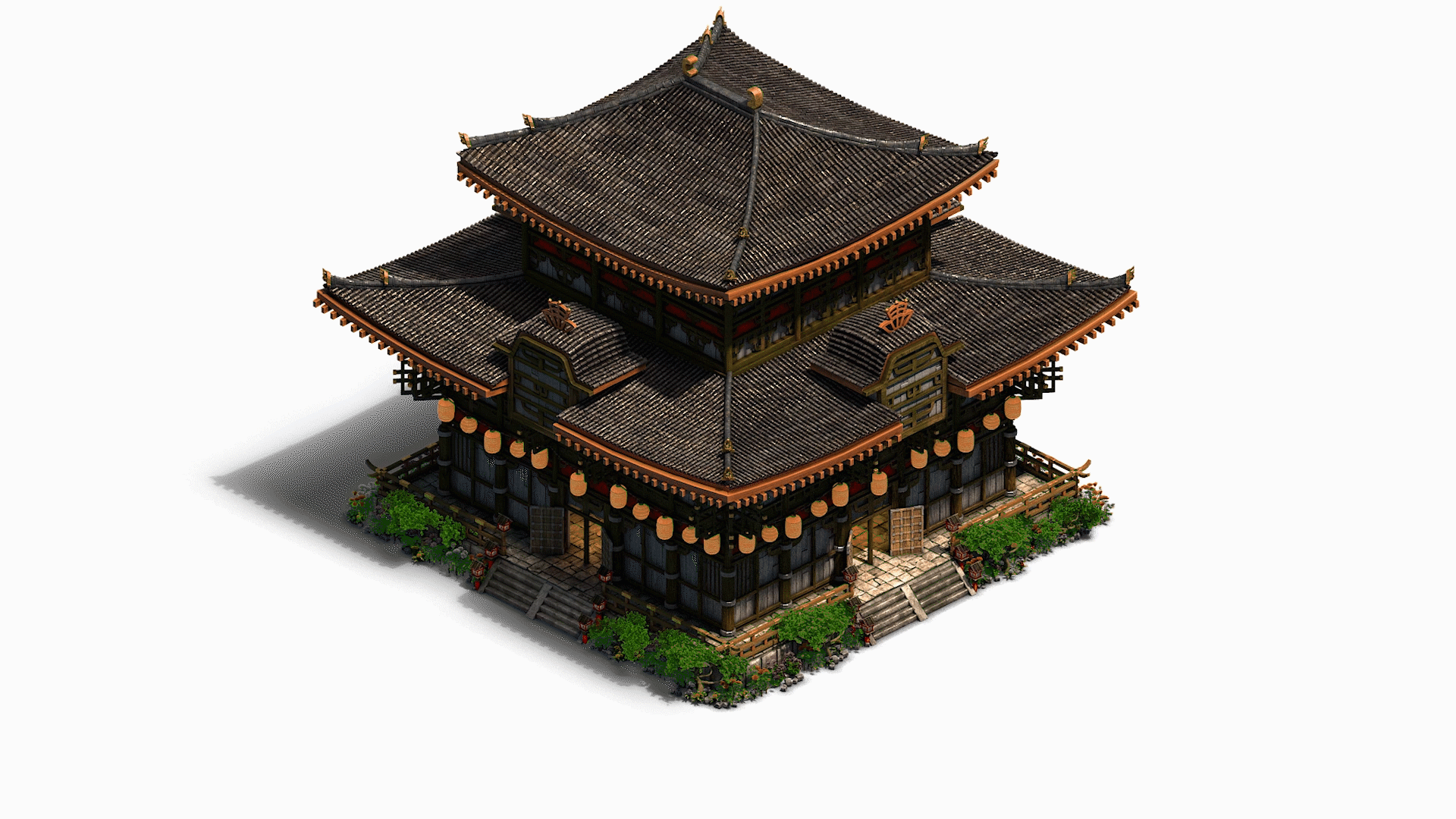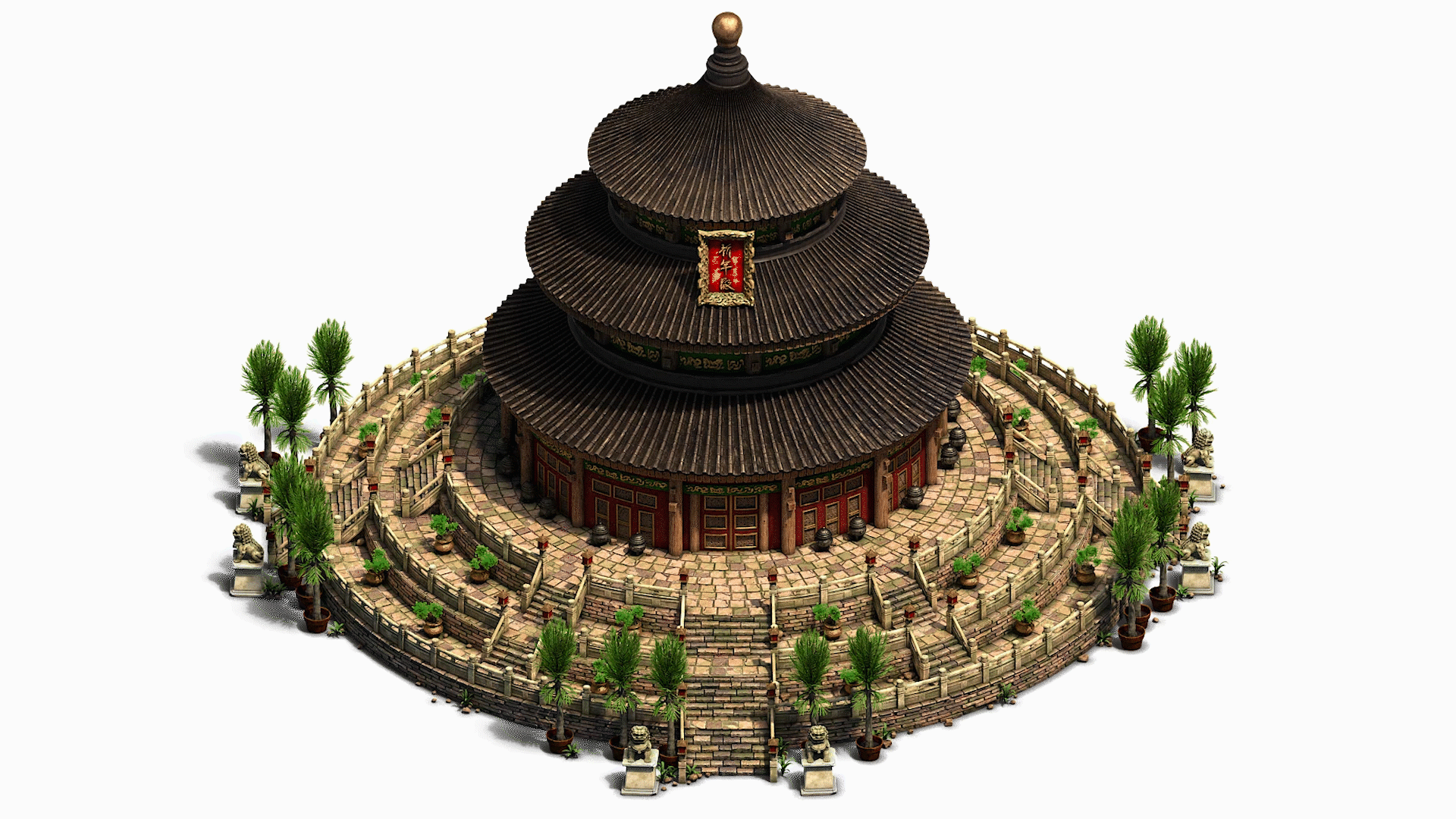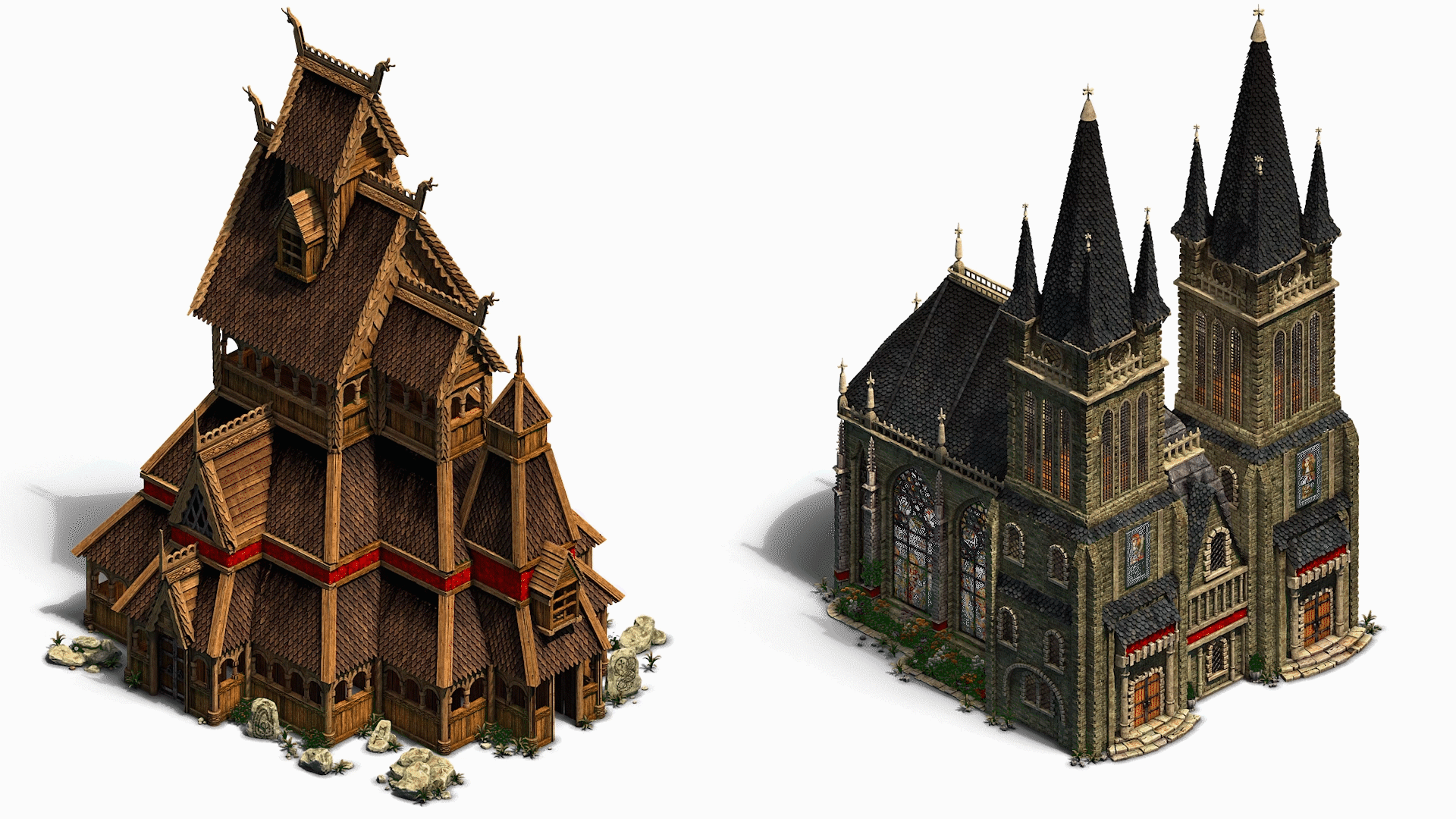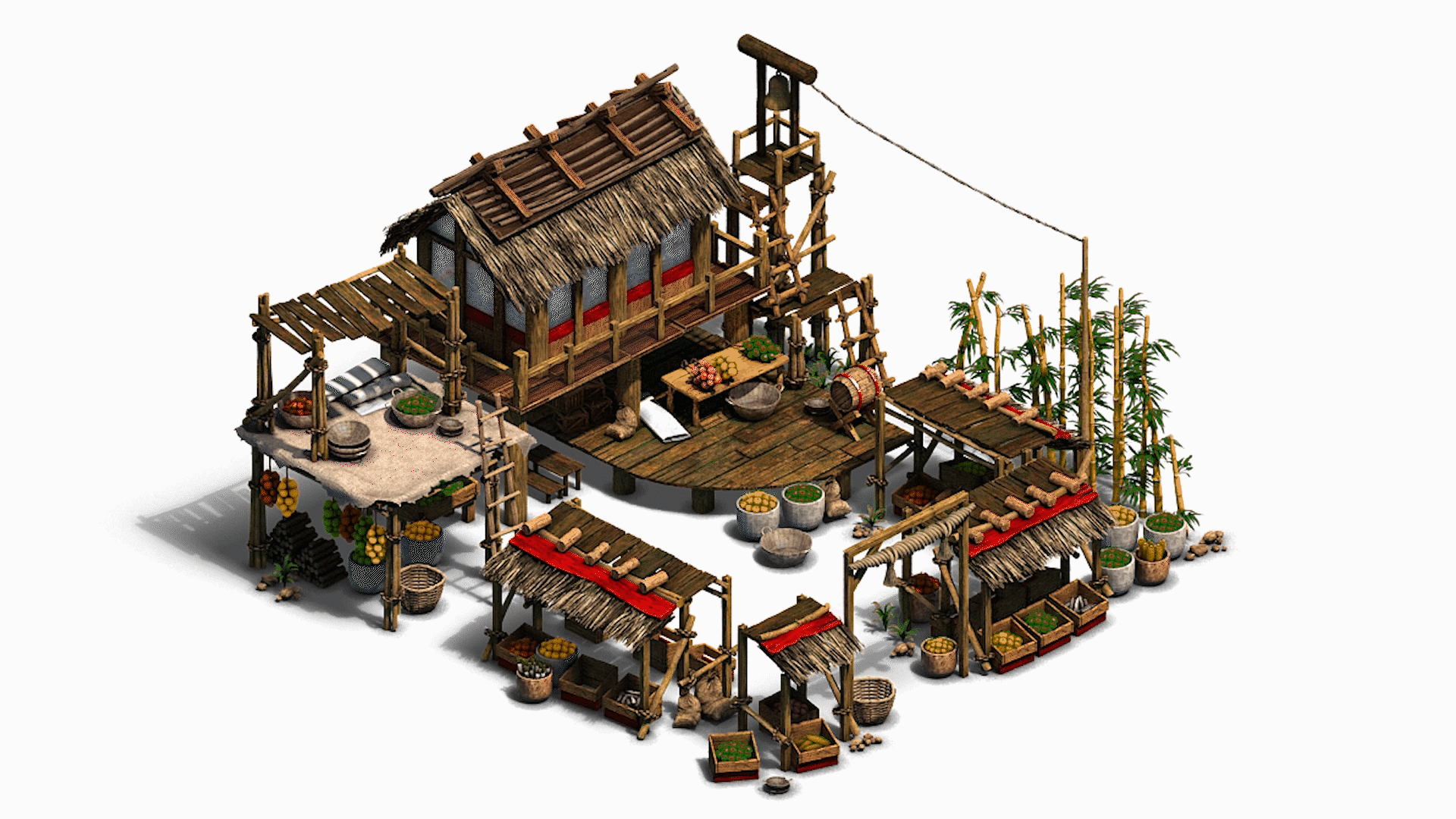A Brief History
Ever since its humble beginnings, Virtuos has relied on a comprehensive set of tools to provide art, animation and game development services to clients worldwide. Houdini is one such tool that has seen extensive use in the making of both games and film.
Virtuos first began using Houdini to animate scenes in TV series, often in tandem with 3D rendering programs such as Maya or Mental Ray. One prominent example can be found in Star Wars Rebels, with various VFX such as the molten metal effects caused by lightsabers being made in Houdini. The software is also primarily responsible for creating the laser and ship destruction effects found in the space battle section at the end of Season 3.
Case Study: Age of Empires II: Definitive Edition
As the long-awaited remaster of a true RTS classic, Age of Empires II: Definitive Edition was a project that demanded meticulous care and attention, which meant that no expense was spared in ensuring that every detail was updated to the highest quality. True to this mandate, the final version of the game sported numerous features, including 4K resolution support, a richer color palette, better lighting effects and redesigned units and base structures.

Part of the scope for redesigning the structures included a graphical fidelity upgrade in the destruction effects. As the majority of the core gameplay loop revolved around the construction and leveling of these structures via battles and sieges, it was paramount that the effects used to depict crumbling buildings were of the highest quality possible, while still retaining some uniqueness in the manner of destruction across a wide variety of structure types. The ability to zoom in closer to the game environment also necessitated a destruction sequence that not only had to be smooth in terms of frame-rate, but also required the textures to hold up under close scrutiny.
The Problem
To ensure high-quality visual effects of any sort, the most obvious solution would be to assign a dedicated artist to manually create the animation itself. But that wasn’t feasible in this case, because of one overarching reason: there were just too many structures to animate by hand within a reasonable amount of time. Even if it were possible to do so, the resulting time and budget constraints would very likely have forced down the overall quality of the destruction effects.

The need to produce the required effects in an acceptable quality within these imposed restrictions meant that another alternative had to be found.
Generating Procedural Destruction Effects with Houdini
One of Houdini’s major selling points is the ability to generate complex simulated effects, but its true strength lies in its procedural nature and the ability to create a setup once and having it work with different input geometries. This justified its adoption as the primary method to create the destruction effects in Age of Empires 2: Definitive Edition.
Before the team began work on production, they first had to create a custom tool to handle their needs. This tool was designed to provide an array of editable parameters to the Houdini team, which would affect the destruction effects in such a way that allowed for maximum customization while ensuring physical and visual consistency. Aside from that, it also supports the automated generation of a constraint network, relative to the type of material specified. This allows different building materials in the game to simulate resistance to external forces realistically; wood will typically bend before it splinters, while stones will crumble directly. Aside from that, the tool is also able to handle other materials such as fabrics, which would be processed through a cloth simulation pipeline.

With development of the tool complete, the Houdini team proceeded with the creation of the destruction effects, using building models created by the asset department from Virtuos. Each of the models was built from the ground up and designed to be almost identical to the version found in the original game. Once built, the model file was exported as Alembic format (.abc) for use within Houdini.
The artist assigned to the task then generates different variations of the destruction effects by tweaking a limited array of parameters, displayed in an easily-accessible interface provided by the custom tool mentioned earlier.
One of these parameters concerns the physics of each type of building material – wood, metal or stone, among others. This drives the way in which the structures behave as parts of it fracture and fall apart, making the destruction effects look more realistic.
Once satisfied with the fracturing process, the artist responsible for that building proceeds to link several fragments of it together with an ‘unbreakable constraint’. When a building is destroyed, it splits into multiple pieces and collapses. Linking pieces together with this constraint allows larger pieces to survive intact, creating the illusion of organic destruction and the formation of ruins, rather than a meaningless pile of debris.

At this point, the destruction effect would be considered close to completion. The artist makes some additional cosmetic changes, fine-tuning the animation by arranging specific sections of the structure to fall away in a more visually-appealing sequence, before finally compiling a playblast for approval by the Art Lead or Director. If deemed satisfactory, the destruction effect is subsequently exported to 3dsmax for the rendering process.
Results and Conclusions
Throughout this part of the project, the development of the custom Houdini tool proved to be the most time consuming task, taking two weeks in total. Once that was complete, it was smooth sailing; the Houdini team managed to generate and polish the animations used for every building in the game within a matter of hours. In the end, each building possessed a destruction effect that while unique, still retained a consistent destruction behavior that fits within the aesthetics of the game.

The time spent working with the procedural generation tool in Houdini has revealed several noteworthy points:
- It was highly useful for generating bespoke animations relatively quickly and without much difficulty.
- The time saved allowed the Art team to devote more attention to the overall art direction for Age of Empires II: Definitive Edition.
Based on this success, Virtuos now plans to capitalize on it by concentrating on the following areas:
- Substantially expand the existing Houdini team.
- Start an internal project to develop and connect even more tools into Houdini for even more versatility, such as using Houdini to also procedurally generate buildings for instance.
- Construct an ever-growing library of digital assets for use within Houdini and/or game engines.
- Look for more opportunities to utilize Houdini in terms of procedural landscape generation in other projects, including perfecting our procedural assets placement solution to automatically generate object-dense environments (e.g. forests).
- Further enhancing procedural level creation capabilities in 2020.
There is no doubt that procedural and AI-assisted technologies will play a much bigger role in the games industry in the years to come, and that Virtuos fully intends to leverage them in its ongoing mission to deliver top-tier art assets for games.
COMMENTS
kingcottage 5 years, 9 months ago |
我还认为是《帝国时代Ⅳ》呢,没想到是two,很棒。Ⅳ代如果能有把楼的一角炸飞效果的话可真是奇迹。good work
152154539 5 years, 9 months ago |
是2代的重制版本,也就前几个月刚出的
aaadragon 5 years, 9 months ago |
Nice article! 2 weeks is not much for development of so useful tool.
3dkeshaw 5 years, 9 months ago |
wow
cgboy 5 years, 9 months ago |
加油
bkamphues 5 years, 9 months ago |
That's really cool! I would love to know what the interface looks like...
old_school 5 years, 9 months ago |
There are a couple recent masterclasses on Destruction you can watch to see how this set up can be done.
https://www.youtube.com/watch?v=cRibpsJgVx0
https://www.sidefx.com/tutorials/h17-masterclass-rbd-tools-update/
Fuat also covers the new RBD constraints in H17.5 among other features introduced in that release:
https://www.youtube.com/watch?v=j2-YGAJmKDs
monci 5 years, 9 months ago |
在Houdini的应用和开发上积累的工具和资产越多,开发效率越高。加油!
Please log in to leave a comment.